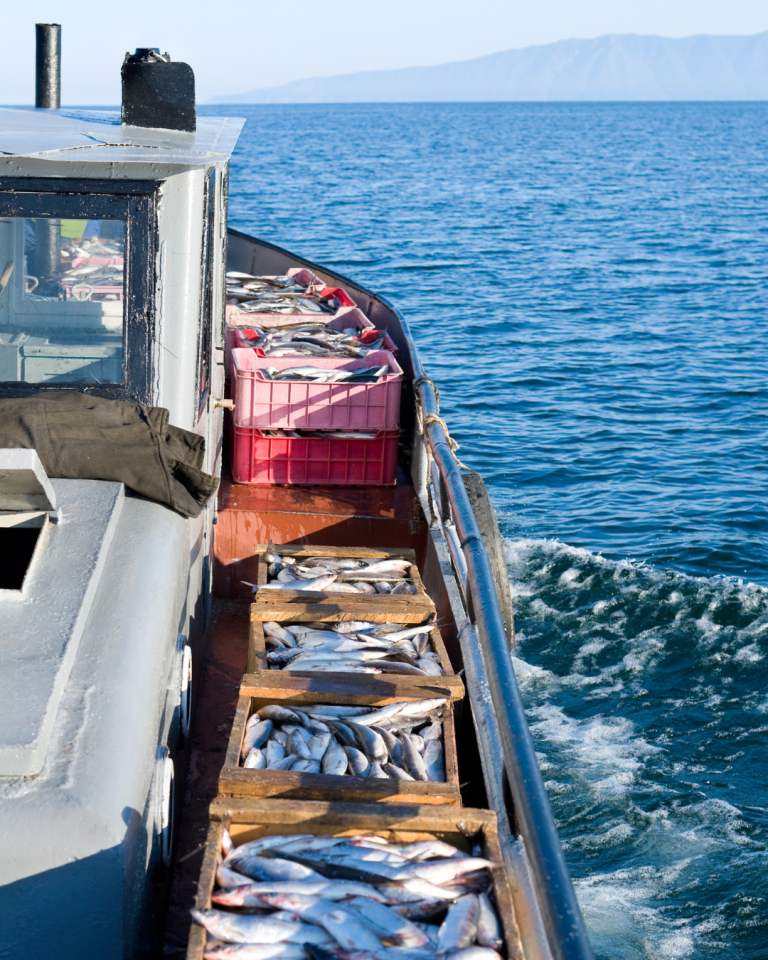Embed
Build knowledge; create policies and commitments; embed them into strategy, operations, and culture; and allocate resources.
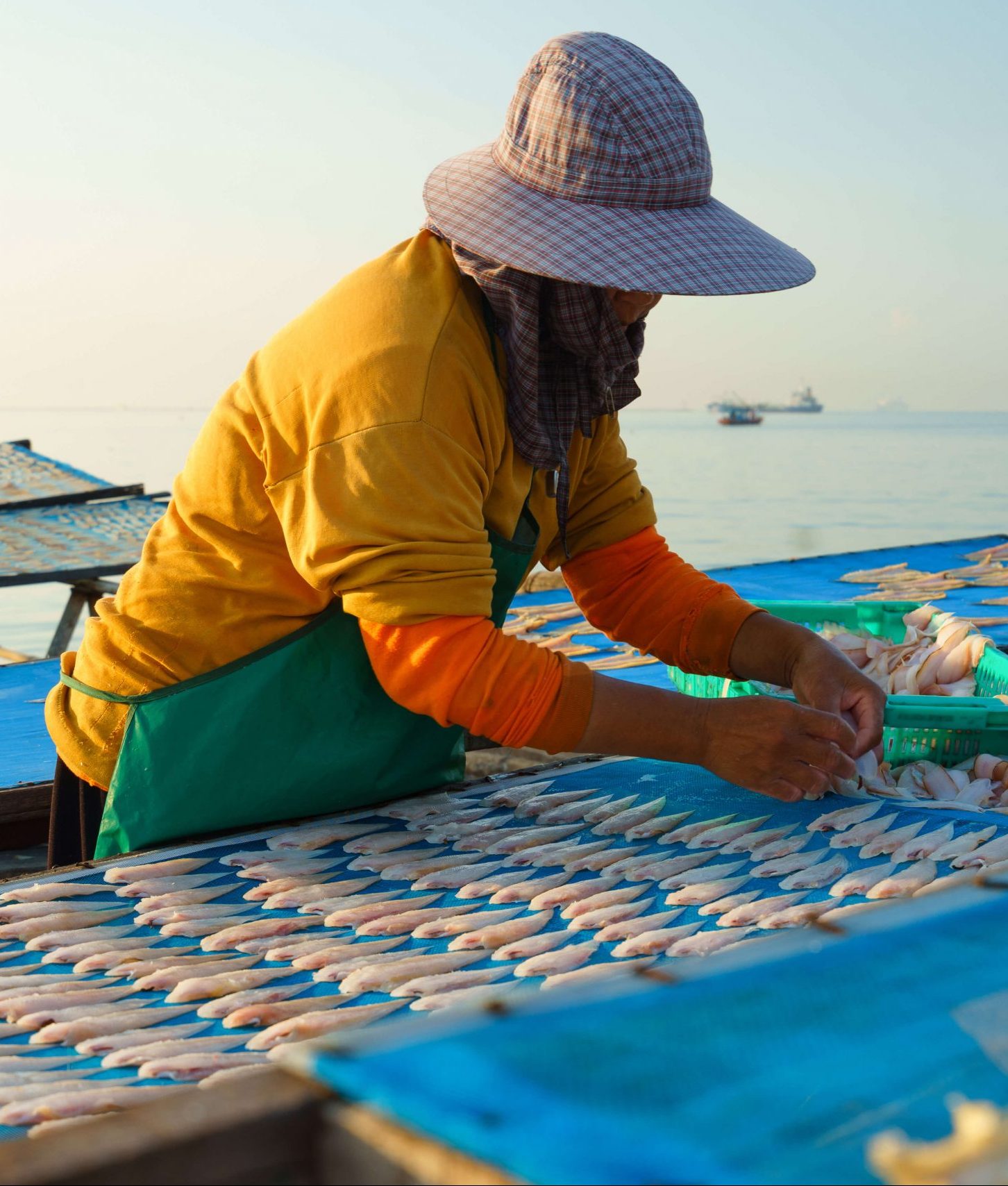
Learn about human rights risks and responses in seafood
Learn about human rights abuse cases
- Human and labor rights abuses can occur at many points along the supply chain: on fishing vessels, on aquaculture farms, and in processing facilities. Abuses vary, based on the type of product, the sourcing location, the labor force involved, or the stage of production.
- Seafood workers are doing difficult, sometimes dangerous work, for low pay. For those on a vessel, the risks are amplified. Depending on what they are fishing for or the practices of the employer, they may be at sea for a long time, sometimes years. They can feel isolated, with no way to talk to family. Workers at sea and in seafood processing face a high risk of injury and illness directly tied to their jobs.
- Migrant workers can be vulnerable throughout seafood supply chains, because of legal status, racial bias, language, or cultural barriers. Women are at risk of sexual abuse, harassment, physical and emotional abuse, and lower pay, and they may have less agency in the work environment.
- A variety of human rights abuses and risks may be found across different seafood sectors:
- Forced labor, lack of employment contracts or fabricated employment contracts, and worker blacklisting
- Hazardous child labor, physical and mental abuse, and discrimination against workers
- Low or insufficient pay, or withheld wages
- Long or unpredictable hours which can cause fatigue and other health problems
- Isolation on vessels for lengthy periods of time without the ability to go to port or contact family, worker representatives, or authorities
- Unsafe practices, dangerous work environments, and substandard conditions, including inadequate food and unsanitary and precarious living conditions
- Inadequate collective bargaining activities, freedom of association, and worker representation
- Examples of high-profile reporting on seafood, human trafficking, and forced labor are found in high-profile investigative reports in prominent media outlets:
- Revealed: Asian Slave Labour Producing Prawns for Supermarkets in US, UK from The Guardian
- Seafood from Slaves from the Associated Press
- Work on these issues is also found in credible and well-researched NGO reports:
- Choppy Waters – Forced Labor and Illegal Fishing in Taiwan’s Distant Water Fisheries from Greenpeace
- Fear, Hunger, and Violence: Human Rights in Ghana’s Industrial Trawl Fleet from the Environmental Justice Foundation
Learn about industry, NGO, and union responses to human rights abuses
- Examples of corporate research and benchmarks include:
- Out of Sight: Modern Slavery in Pacific Supply Chains of Canned Tuna from the Business and Human Rights Resource Centre
- Reporting and benchmarking of human and labor rights reporting from Seafood Business for Ocean Stewardship (SeaBOS):
- Case studies, pilots, and other relevant projects, including experiences from other sectors, are useful.
- International and sectoral unions like the International Trade Union Confederation, IndustriAll, and IUF work together to support workers human rights.
- Misery at Sea: Human Suffering in Taiwan’s Distant Water Fishing Fleets from Greenpeace
- “‛Sea Slaves’: The Human Misery That Feeds Pets and Livestock” from The New York Times
- The Outlaw Ocean series from The New York Times
- “The Fishing Industry’s Cruelest Catch” from Bloomberg
Tips
- Foster a company culture of continuous learning, stay informed on human rights abuses in the seafood sector, and encourage discussions and staff training on these issues.
- Participate in pre-competitive collaborations that enable companies to share resources and learn together about human rights risks in supply chains.
- Map supply chain sourcing countries against those with the reported highest risks for human rights abuses and include this information in your company’s educational resources.
Understand relevant international frameworks for human rights
Use international guidance, frameworks, and treaties to guide your policies and procedures
- Assess your company’s policies and practices against human rights guidance, law, and regulation, including the UN Guiding Principles and national forced labor laws.
- International multilateral governance organizations, like the United Nations and International Labor Organization, have created frameworks to encourage improved human rights in supply chains around the world. These frameworks can provide guidance and best practices for your company.
- The United Nations Guiding Principles on Business and Human Rights (UNGPs) function as a global standard for preventing and addressing human rights risks linked to business activities. Corporate responsibility to respect human rights exists independently of a state’s ability or willingness to fulfill its own obligations. Under the UNGPs, companies are expected to adopt a policy commitment, carry out human rights due diligence, and provide remediation where they have caused or contributed to harm. These principles apply to all companies, including seafood businesses and their supply chains.
- The International Labour Organization (ILO) has set key international labor standards through its Declaration on Fundamental Principles and Rights at Work, which promotes:
- Freedom of association and the right to collective bargaining
- Elimination of forced labor
- Abolition of the worst forms of child labor
- Nondiscrimination in employment
- The ILO has adopted over 180 conventions that address a range of labor rights, many of which are relevant for seafood supply chains, including protections for migrant workers, occupational health and safety, and work in fishing.
- Relevant ILO Conventions:
- No. 29—Forced Labour Convention
- No. 87*—Freedom of Association and Protection of the Right to Organise
- No. 98*—Right to Organise and Collective Bargaining
- No. 135—Workers’ Representatives
- No. 143—Migrant Workers (Supplementary Provisions)
- No. 163—Collective Bargaining Recommendation
- No. 94—Consultation and Cooperation
- No. 129—Communications within the Undertaking
- No. 188—Work in Fishing Convention
*Denotes a core convention, considered a fundamental ILO principle and right at work.
- Guiding Principles on Business and Human Rights from United Nations (UN)
- International Labour Organization (ILO) documents:
Tips
- Review guides from the United Nations and ILO to better understand the intricacies of the conventions and frameworks.
- Consult with topic experts, like FishWise and other NGOs, for a better understanding of how these conventions interact with corporate responsibility and due diligence.
Create transparent policies and commitments, aligned with international standards and recognized best practices
Keep workers at the core of your human rights policies
- Focus your human rights due diligence (HRDD) program on workers and the worker experience.
- Traditionally, corporate commitments, such as environmental, social, and governance (ESG) commitments, have addressed supply chain and/or reputational risk. While these business considerations are important, thinking about the worker experience and risks to workers is paramount. Moreover, by respecting the rights of workers, you can build more resilient supply chains, in the short and long term.
Identify where your values, goals, and customer expectations align with human rights guidance and laws
- Compare your company’s current seafood policies, practices, and expectations against national and international human rights guidance, corporate responsibility best practices, and disclosure laws.
Use resources to support the development of your company policies
- Consult reference examples:
- Examples of policy commitments from Global Compact Network Netherlands, Oxfam, and Shift
- Business commitments to social responsibility from Conservation Alliance for Seafood Solutions
- Consult credible NGO recommendations and advocacy campaigns:
- Consult with experts like FishWise and other organizations working on seafood HRDD, who can help you develop your commitments and policies.
Involve leadership in the development of policies and commitments
- Educate and engage corporate leadership on the risks associated with human rights abuses in seafood supply chains.
- Discuss specific opportunities to improve supply chain practices to address risks for workers and the business.
- Use these discussions to inform your new policies and ensure leadership support; inform leadership as policies are updated or revised.
Identify human rights issues that you consider egregious or merit zero-tolerance
- Determine which, if any, human rights violations your company would consider egregious.
- Work with your executive leadership and legal teams to ensure that the identified risks align with their understanding of harmful business practices and potential legal risks.
- Determine business consequences for human rights violations that your company considers egregious or merit zero-tolerance and develop comprehensive policies and procedures with concrete steps.
- Communicate these policies and procedures to your suppliers.
A variety of organizations have developed guidance and resources for companies developing a policy and/or code of conduct. For example, see the Responsible Sourcing Tool’s Sample Code of Conduct Provisions for Seafood Supply Chains.
Tips
- Refer to research on consumer, investor, regulatory, and trade enforcement trends to determine how your company’s HRDD efforts align with evolving expectations.
- Undertake gap analyses, benchmarking your code of conduct and data against key international frameworks.
- Secure leadership buy-in, participation, and enforcement, since this support is needed to embed the commitment into company strategy, operations, and culture.
Example
Case Study: Whole Foods Market Supplier Code of Conduct
Whole Foods outlines the three main commitments it expects of its suppliers in this Jan. 2023 document: inclusivity, continuous improvement, and supply chain accountability. Building on these basics the full supplier code of conduct includes sections on labor rights, health & safety, environment, responsible and sustainable material sourcing, land and natural resource rights, ethical behavior, and management systems. Within labor rights, Whole Foods covers: young workers and child labor, student workers, involuntary labor, migrant workers, wages and benefits, working hours, anti-discrimination, harassment or abuse, grievance mechanisms, and freedom of association.
Build internal support and capacity for advancing social responsibility and human rights
Operationalize your human rights due diligence policies
- Develop procedures for implementing your HRDD policies for every team that touches supply chain operations.
- Identify activities and steps to implement your policies and align activities across your supply chain (e.g., communicating with supply chains, gathering data, and supporting suppliers).
- Define concrete goals, milestones, and assessment metrics for company and supply chain HRDD implementation.
- Milestones and assessment metrics should be concrete and measurable, with key performance indicators (KPIs) and benchmarks.
- A procedure to track progress against these metrics throughout the HRDD process should be developed.
- KPIs should account for all aspects of your due diligence program, not just those aspects related to data collection or resolving supply chain issues.
- Review implications of trading goods associated with forced labor and revise company policies to make sure they align with legal requirements.
- The U.S. government currently prohibits forced labor-associated products from import. Multiple distant water fishing products have been blocked upon entry in the past three years. See U.S. Customs and Border Protection article one (December 31, 2020), article two (August 18, 2020), article three (May 11, 2020), article four (February 6, 2019).
- The European Union has banned products produced by, or associated with, forced labor; see European Council FAQ.
- Companies should consider integrating reports issued by NGOs (exposés, trafficking reports, and other HRDD information) in their HRDD risk assessments. Many U.S. government agencies have stated that these reports may be a reference source used to initiate and investigate cases of forced labor.
Orient company culture
- Avoid making one person responsible for delivering effective HRDD within your company.
- Reflect your HRDD commitment in how your company works, its communications, its values, and its actions.
- Acknowledge the power of leaders to empower staff to set expectations for business partners and suppliers and provide performance objectives, incentives, and capacity to address human rights issues (see the CEO Guide to Human Rights). Leadership can model what it looks like to use company commitments as a filter for business decisions and actions.
Allocate staffing and resources
- Align your company’s commitment to human rights with decisions and practices from internal procurement teams and those responsible for HRDD activities.
- Assess current resource allocation and costs dedicated to your HRDD goals and commitments.
- Allocate resources for external experts who can guide your company activities and add needed capacity.
- Budget for staff training and integration of human rights accountabilities and performance indicators.
- Review and implement strategies for executive engagement developed in the industry. For example:
- CEO Guide for Human Rights from World Business Council for Sustainable Development
- Addressing Human Rights in Business from KPMG
- Boardroom Questions from KPMG
- Sample Benchmarks of Good Practice in Recruitment and Employment for Seafood Supply Chains from Verité
Tips
- Build awareness internally about why this work is important for the business and for those impacted by your supply chains.
- Secure leadership buy-in and coordinate across teams, including teams responsible for sustainability, corporate responsibility, ESG, procurement, and commercial operations.
Example
Scenario
- Your company has created a comprehensive human rights due diligence policy, and you are in charge of developing procedures for the forced labor element. You need to reach out to your suppliers to gather more information, develop and implement a questionnaire to understand their recruitment practices, and gather data from independent sources to evaluate your company risk.
- Based on what you have learned about forced labor, you commit to an employer pays principle within your supply chain for worker recruitment. To measure your progress as a company, your KPIs focus on supplier adoption of the employer pays principle. This includes your company considering the full cost of recruitment in sourcing decisions, and a commitment to achieve zero recruitment fees being paid by workers within three years.
- You recognize that the purchasing team, legal team, and VP of operations are the key members of your company who will need to support the achievement of these goals. You work with these members on the procedures you developed to address forced labor and embed this commitment into company decision-making. You get all of the teams to agree to integrate a HRDD KPI regarding recruitment fees into their performance goals.
- Working with these other teams and senior management, you see that you will need additional resources to cover costs for training suppliers on the topic and on your company’s commitment, as well as to gather data on current recruitment practices.
Train employees on human rights due diligence policies, procedures, and expectations
Train employees
- Prioritize training to meet the goals of your new policies and procedures.
- Train employee teams to incorporate HRDD activities and your company policies into their day-to-day work. These teams might include:
- Management staff (e.g., supervisors in processing facilities, captains on vessels)
- Quality assurance, food safety, and legal teams
- Distribution workers
- Procurement/buying teams
- Subcontracting companies
- Recruitment agencies
- Workers who harvest, farm, or process seafood
- Other stakeholders within your company’s manageable interest
- Include training topics like:
- Salient human rights issues
- Company policies and commitments
- Company HRDD process
- Expectations for downstream customers
- Applicable legal and regulatory requirements
- Ways HRDD connects to everyone’s unique work
- Consult the Anchoring Due Diligence Webinar Series created by FishWise in partnership with the Seafood Ethics Action Alliance.
Tips
- Use existing employee and leadership training programs and systems when developing internal training, since there is no need to start from scratch.
- Develop “train the trainer” systems, starting with leadership and management, to ensure that training is sustainable.
Review and revise procurement practices to align with HRDD policies and commitments
Align sourcing relationships
- Intense competition for a buyer’s business, short-term contracts, and last-minute dealings can push suppliers to engage in a “race to the bottom” on price. Last-minute “spot-buying” in order to meet demand can bring unvetted producers into the supply chain. You can take steps to minimize this race to the bottom if you:
- Set up longer-term sourcing partnerships and binding contracts that provide stability and security to suppliers and producers to motivate their investment in improving practices and resolving challenges.
- Vet new suppliers and producers for their performance against human rights commitments prior to establishing a contractual relationship and vet proposed sourcing areas for risk of systemic human and labor rights abuses.
- Contract terms must be scrutinized to ensure they take full account of the cost burden placed on suppliers to meet HRDD requirements and invest in proper conditions and fair wages.
- Include human rights expectations in contract agreements as a condition of doing business.
- Focus on a manageable number of suppliers who can support traceable, responsible, and legally compliant supply chains. This focus benefits environmental and food safety considerations as well.
- Provide incentives to better performing suppliers, such as promotional or growth opportunities, additional resources and training to enhance their business, and longer-term contracts.
- “Supply Networks for Relational Sourcing,” from INSEAD
- “Creating a Socially Responsible Supply Chain,” from INSEAD
- The UNIDO Approach to Sustainable Supplier Development: Promoting CSR for SMEs in a Global Supply Chain Context, from UNIDO
- “How Long-Term Contracts Can Help Drive More Sustainable Agriculture,” from Medium
Tips
- Evaluate your procurement practices to make sure they are not driving behaviors within your supply chain that contradict your human rights commitments.
Example
Case Study: Tesco
Tesco has established long-term contracts with key value-added processors of agricultural products, which act as volume aggregators. Tesco chose these product categories by developing a matrix of key factors, including importance to the financial health of the brand, social accountability goals, and brand risk. Each product category that the processors represent is jointly managed by a team of buyers, quality assurance assessors, sustainability experts and agronomists, and, if the commodity requires it, risk managers.
The team meets bimonthly. It agrees on what progress in each of the key areas—such as deforestation, proper water usage, elimination of child labor—looks like and adjusts as needed. Once a year, the team reports on progress to the VP of supply chain and sustainability.
Communicate with suppliers and other key stakeholders
Provide information to your tier 1 suppliers
- Share your policies and commitment with suppliers via your official methods of communication. It is helpful to involve procurement staff when sharing this commitment.
- Specify the scope of the commitment and its implementation or verification plan. For example, “The commitment applies to all sourcing and supply chains,” or “Data collection with direct suppliers is used to verify the commitment.”
- Include information about time-bound aspects of the commitment, as well as planned follow-up regarding progress.
- Share your plan to provide access to training and resources to those within your supply chains.
Communicate the company’s commitment to key stakeholders
Include those with a vested interest, such as investors or shareholders and consultants and collaborating organizations, that may support your company in meeting its policies and commitment.
Tips
- You may have to educate your audiences about the importance of this effort to the workers and to the business as you share your new policy and commitment with others.
- Suppliers need time to build capacity and take on new procurement initiatives. Communicate and collaborate with suppliers to ensure new expectations, initiatives, or approaches are manageable before taking next steps.
- Create time-bound initiatives to ensure that you and your suppliers are aligned on timelines and deliverables.
Optimize Your Company’s Path
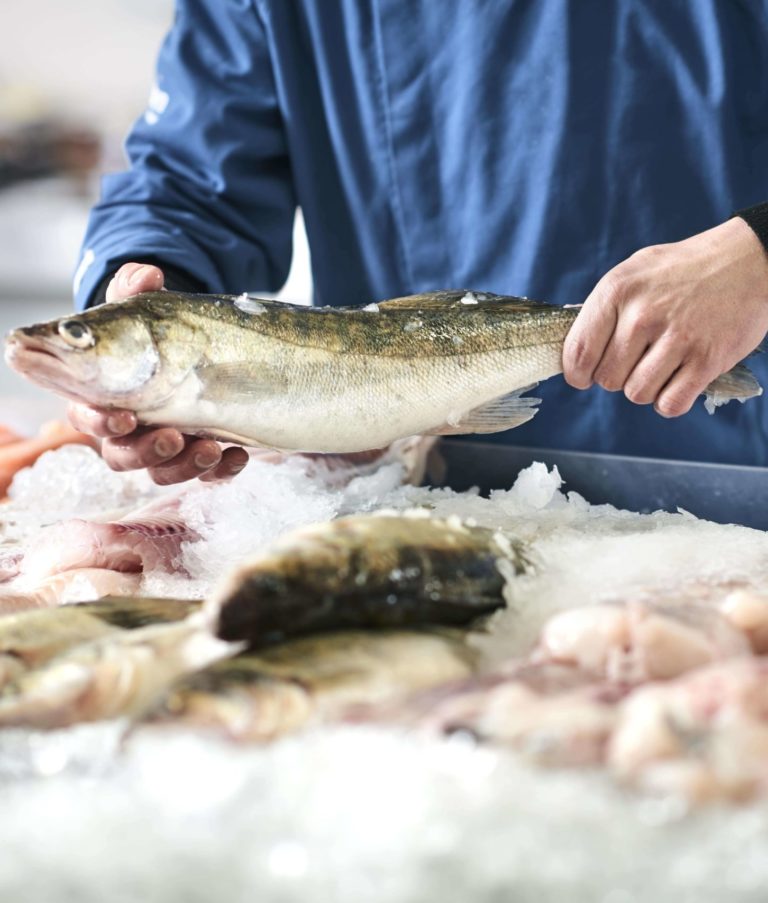
Retailers and Brands
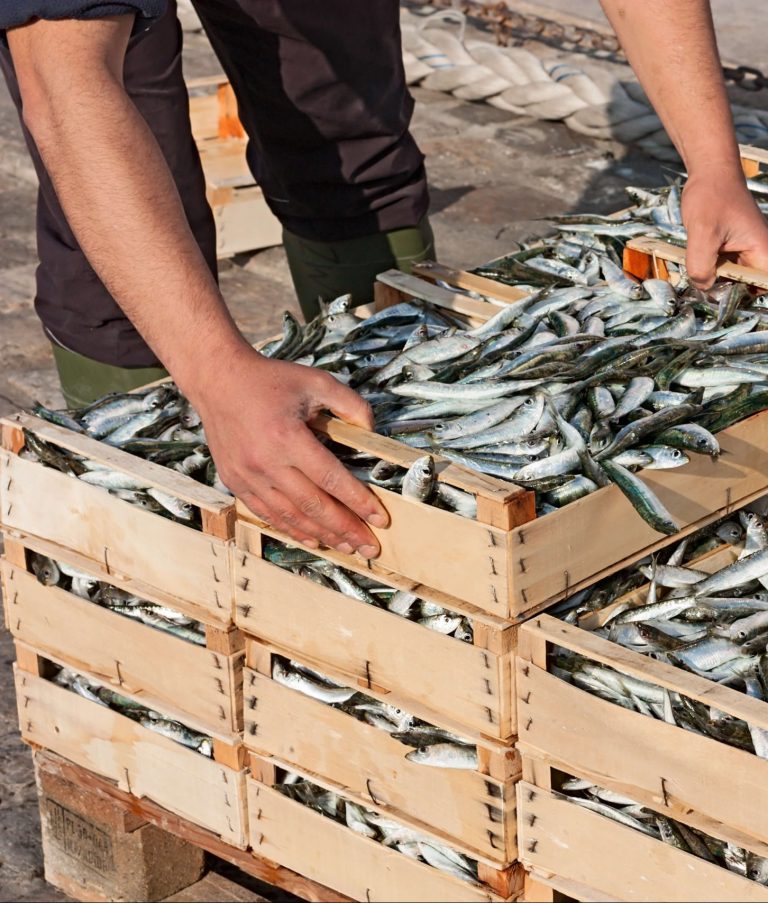
Suppliers
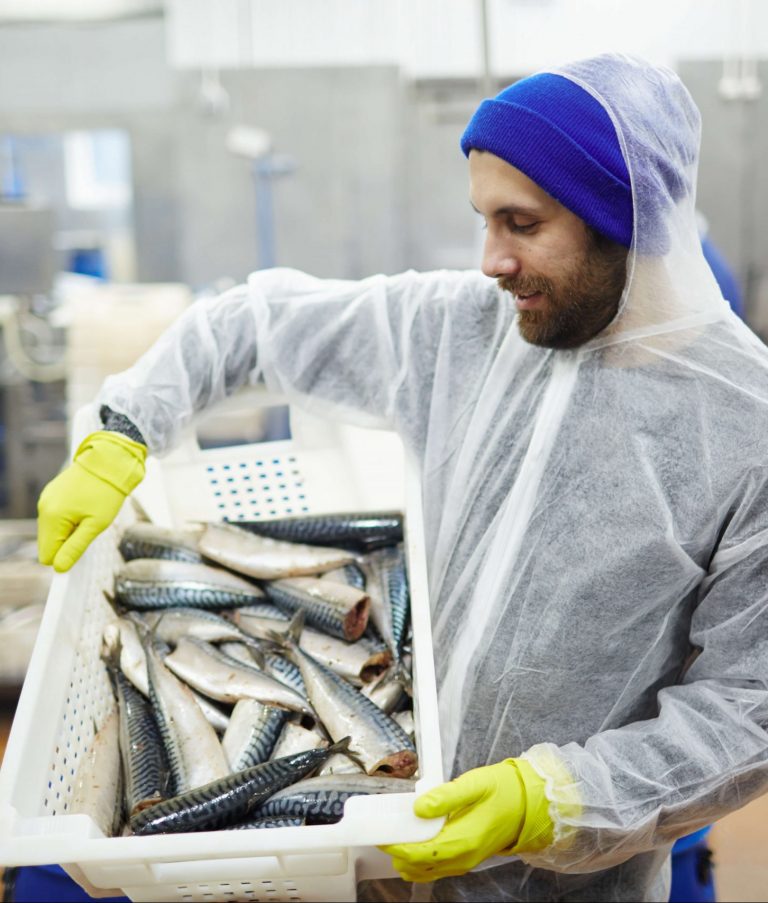
Processors
